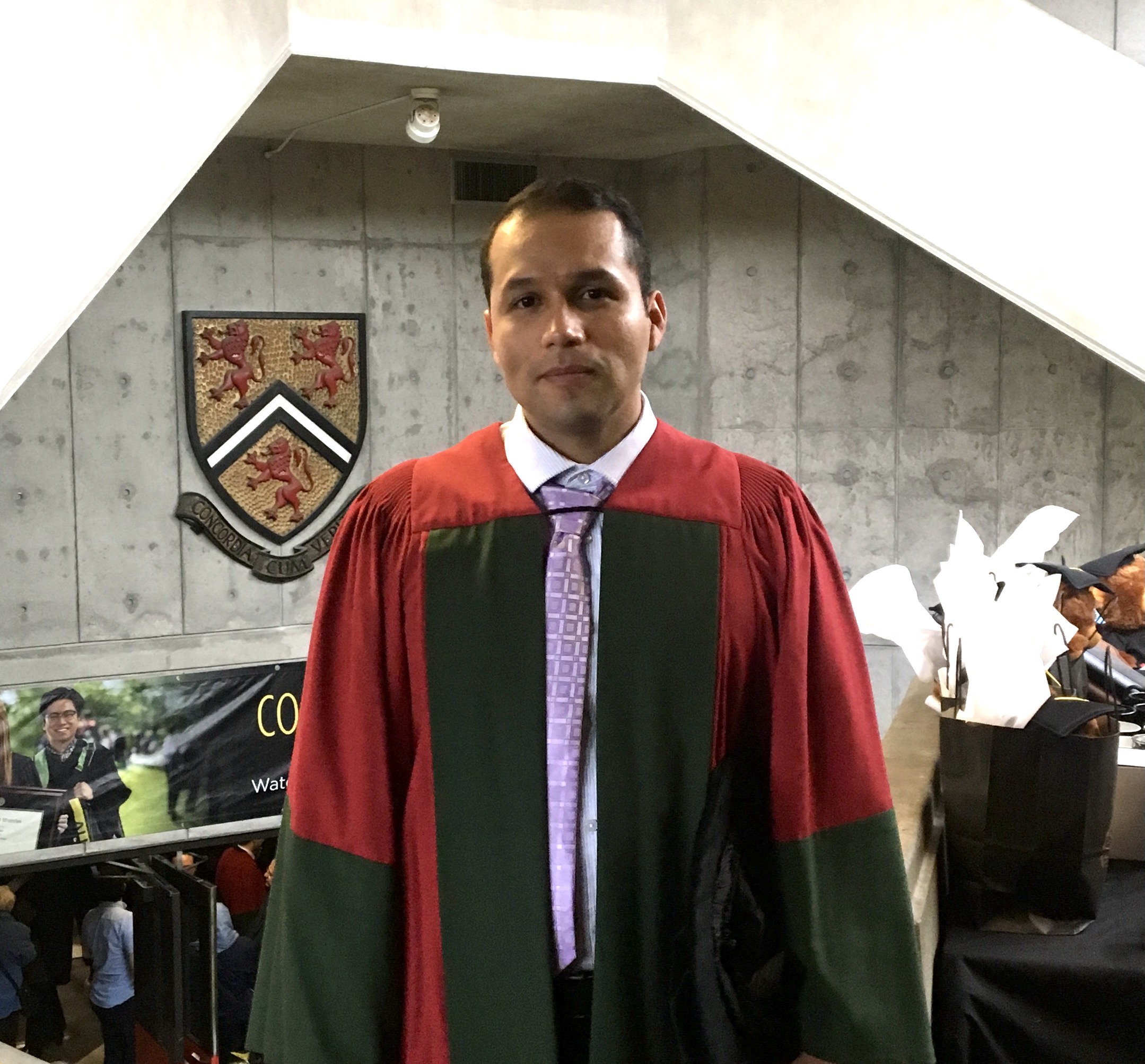
Jorge A García
OPTIMIZATION - ECONOMIC MODELING - DATA SCIENTIST

OPTIMIZATION - ECONOMIC MODELING - DATA SCIENTIST
ja4garci@uwaterloo.ca
Kitchener, ON, Canada
GitHub: https://github.com/jorge-antares
Click the button to show where you are! (takes a few seconds)